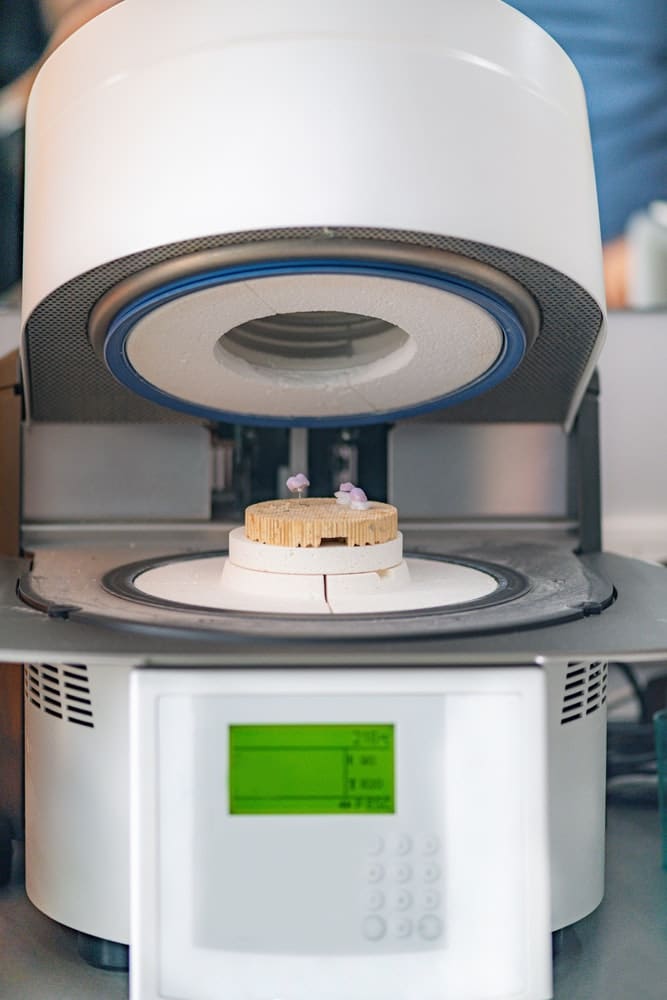What’s the Latest in Customizable Prosthetics for Improved Patient Comfort?

In the ever-evolving world of medicine and technology, one of the most significant advancements has been the development of customizable prosthetics. This breakthrough represents an enormous leap forward, particularly in its ability to drastically improve patient comfort. In this article, we delve into the latest advancements in this field, exploring how the sector has progressed, the new features now available, and the benefits they bring to users. We also investigate the latest research and what future developments we might expect.
The Evolution of Customizable Prosthetics
Let’s first take a step back and see how we got here. The prosthetic sector has undergone a remarkable transformation over the years. From rudimentary wooden legs and iron hands of the past to the latest biomechanically precise prosthetics, the journey has been nothing short of miraculous.
Also read : How Can Virtual Reality Enhance the Learning Experience in History Education?
The past couple of decades, in particular, have seen a significant shift in the approach to prosthetic design and function. The focus has shifted from mere functionality to prioritizing the user’s comfort and quality of life. The latest milestone in this journey has been the advent of customizable prosthetics.
The term ‘customizable prosthetics’ signifies more than just tailoring the size and shape to suit the user. It embodies a holistic approach that takes into account the user’s lifestyle, activity level, and specific needs. It also involves the integration of cutting-edge technology to enhance functionality and comfort.
Also read : How to Use Behavioral Economics to Encourage Energy Conservation Behaviors?
Cutting-Edge Features in Customizable Prosthetics
So, what does the term ‘cutting-edge features’ really mean when it comes to customizable prosthetics? It signifies a convergence of technology, engineering, and medicine to create a prosthetic device that is as close to a natural limb as possible.
One of the most noteworthy innovations is the use of 3D printing technology. This allows for an unprecedented level of customization, producing prosthetics that are an exact fit for the user. This addresses one of the most common complaints associated with prosthetics – discomfort due to poor fit.
Additionally, modern prosthetics now incorporate features like microprocessor-controlled joints that adapt to the user’s walking style and terrain. This greatly improves mobility and stability, contributing to overall comfort and confidence while moving.
Prosthetic sockets are now crafted from materials like silicone and thermoplastics, which offer a softer, more flexible fit, reducing the risk of skin irritation and discomfort. Furthermore, some prosthetics now come with integrated heating and cooling systems to regulate the temperature and keep the user comfortable in different weather conditions.
The Benefits of Customizable Prosthetics
The benefits of customizable prosthetics extend well beyond improved fit and comfort. By tailoring a prosthetic limb to the individual user’s needs, we can enhance their mobility and independence, thereby improving their quality of life.
Of course, the enhanced comfort that comes with a perfect fit is a significant benefit. It reduces the risk of skin irritation, sores, and discomfort that can occur with ill-fitting prosthetics. This, in turn, can increase the user’s willingness and ability to use the prosthetic for extended periods.
The improved functionality offered by features like microprocessor-controlled joints can make a world of difference to users. It can enhance their confidence in their ability to move and navigate different terrains. This can open up new opportunities for them, whether in terms of physical activity, hobbies, or even their career.
Structured fit and function aside, customizable prosthetics also offer the chance for users to express their individuality. With options to choose colors, patterns, and even unique designs, users can make their prosthetics a reflection of their personal style.
The Future of Customizable Prosthetics
While the field of customizable prosthetics has come a long way, there is still plenty of room for advancement. The future is likely to see an even greater integration of technology to improve functionality and comfort.
One area of research that holds a lot of promise is the development of prosthetics with sensory feedback. Imagine a prosthetic that not only moves like a natural limb but also provides sensory feedback, allowing the user to feel touch, temperature, and even pain.
Research is also being conducted into brain-computer interfaces that could control prosthetics. This could potentially allow users to control their prosthetic limbs using their thoughts, just like a natural limb.
In terms of materials, the focus is on developing lighter, stronger, and more durable materials. The aim is to create prosthetics that are easy to use and maintain, and that can withstand the rigors of daily use.
As we look forward to these exciting developments, one thing is clear. The future of customizable prosthetics lies in making them even more user-friendly, comfortable, and functionally efficient. And as we continue on this path, we can hope to improve the lives of countless individuals who rely on these remarkable devices.
Advances in Customizable Prosthetics for Children
A significant area of focus in the realm of customizable prosthetics is the development of devices specifically tailored for children. Children have unique needs due to their continuous growth and the high activity levels they typically exhibit. It’s crucial that the prosthetics they use are not just comfortable and functional, but also adaptable to their changing bodies.
Traditional prosthetics often posed a challenge for children. They were difficult to adjust, and frequent replacements were necessary to accommodate the child’s growth. However, with the advent of 3D printing technology and other advancements, it is now possible to create prosthetics that can be easily adjusted or replaced as the child grows.
In addition to size and fit, the design of children’s prosthetics also plays a vital role in their acceptance and usage of the device. Designing children’s prosthetics that reflect their personality and interests can help reduce any stigma associated with wearing a prosthetic and foster a positive attitude towards it.
For instance, a child who loves superheroes might be more inclined to wear a prosthetic that features their favorite characters. Some companies are even developing prosthetics that can be customized with interchangeable covers or ‘skins’, allowing the child to change the look of their prosthetic according to their mood or outfit.
Aside from the aesthetics, child-friendly prosthetics also need to be durable enough to withstand the rough and tumble of play, yet light enough not to impede the child’s activity. The goal is to enable children with limb loss to participate fully in all activities, just like their peers.
Conclusion
Customizable prosthetics represent a significant leap forward in the field of prosthetics. They offer an unparalleled level of comfort and functionality, improving the lives of those who rely on these devices. From the use of 3D printing technology to create a perfect fit, to the integration of microprocessor-controlled joints for enhanced mobility, these prosthetics are a far cry from the rudimentary devices of the past.
The benefits extend beyond physical comfort and functionality, touching upon psychological aspects as well. Customizable prosthetics allow users to express their individuality and feel more confident and comfortable in their own skin. For children, in particular, this can help foster a positive attitude towards their prosthetic and reduce any associated stigma.
As we look towards the future, it’s clear that the realm of customizable prosthetics is ripe with possibilities. From prosthetics with sensory feedback to brain-computer interfaces, the future holds the promise of prosthetics that are even more life-like and user-friendly.
While there’s still a long way to go, the progress made so far is impressive and holds great promise. And as we continue to innovate and push the boundaries of what’s possible, we can look forward to a time when prosthetics are not just functional and comfortable, but virtually indistinguishable from natural limbs.
